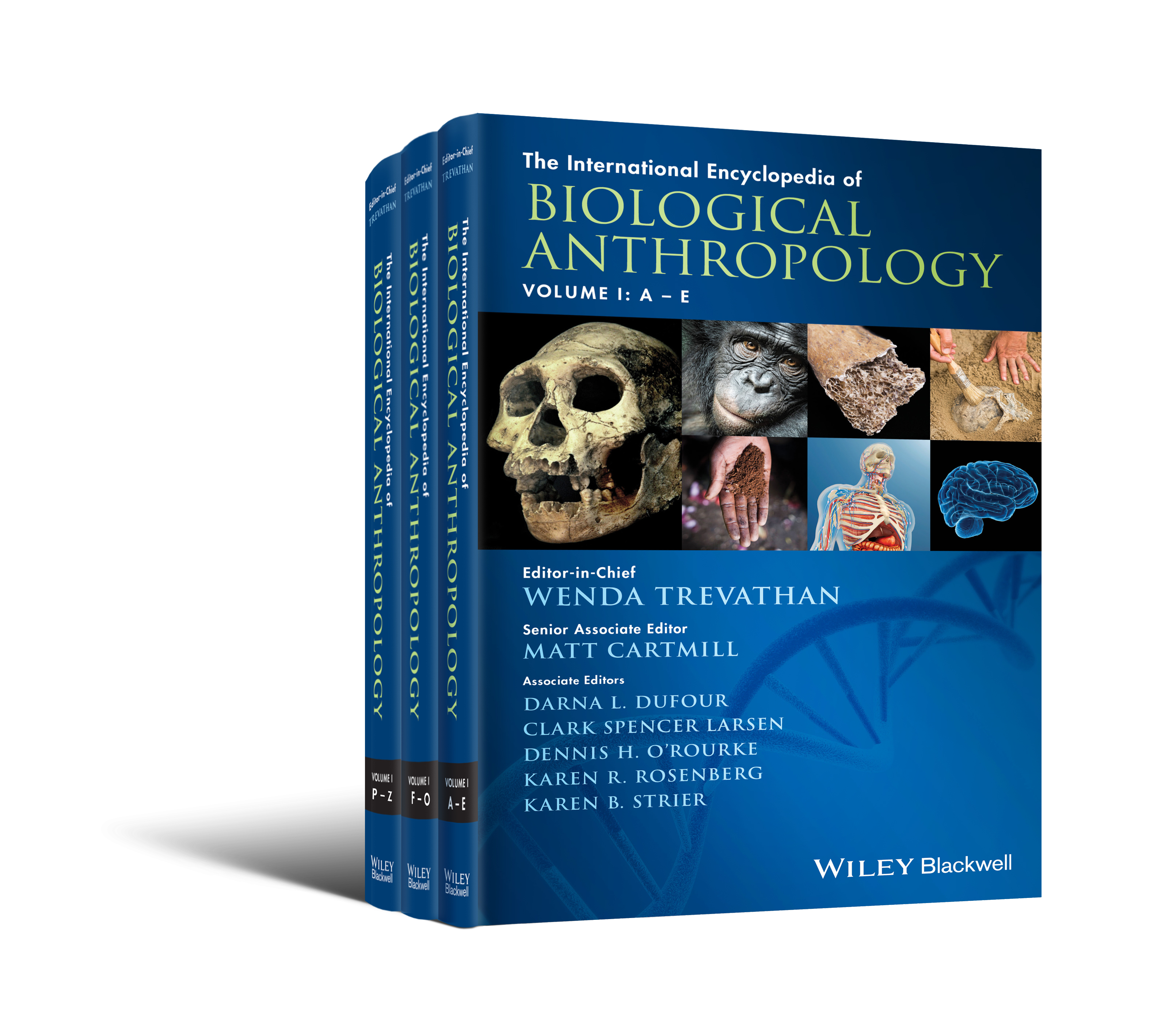Synapomorphy
Abstract
In figuring out the family tree of phylogenetic relationships within any group of organisms, features that are constant within that group or that are inherited from its last common ancestor are of no help. The only useful evidence comprises evolutionary novelties that have appeared within the group in some subgroups but not in all. In theory, shared novelties—nonprimitive or derived traits, called synapomorphies—are the only indicators that a subgroup has a unique common ancestry not shared by other group members. In practice, it is not always easy to distinguish synapomorphies from convergent resemblances (similarities evolved separately in different lineages), or from resemblances that are primitive features inherited from earlier ancestors (symplesiomorphies). For example, within mammals, having wings is a synapomorphy of bats; having hooves is a convergent resemblance between horses and cows (their last common ancestor had claws); and laying eggs is a symplesiomorphic resemblance between platypuses and echidnas—a reptilian inheritance, which by itself furnishes no grounds for grouping them together.



